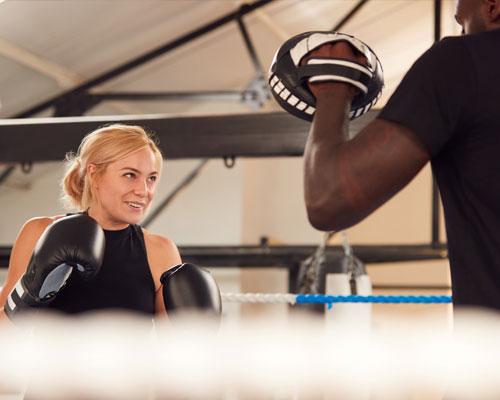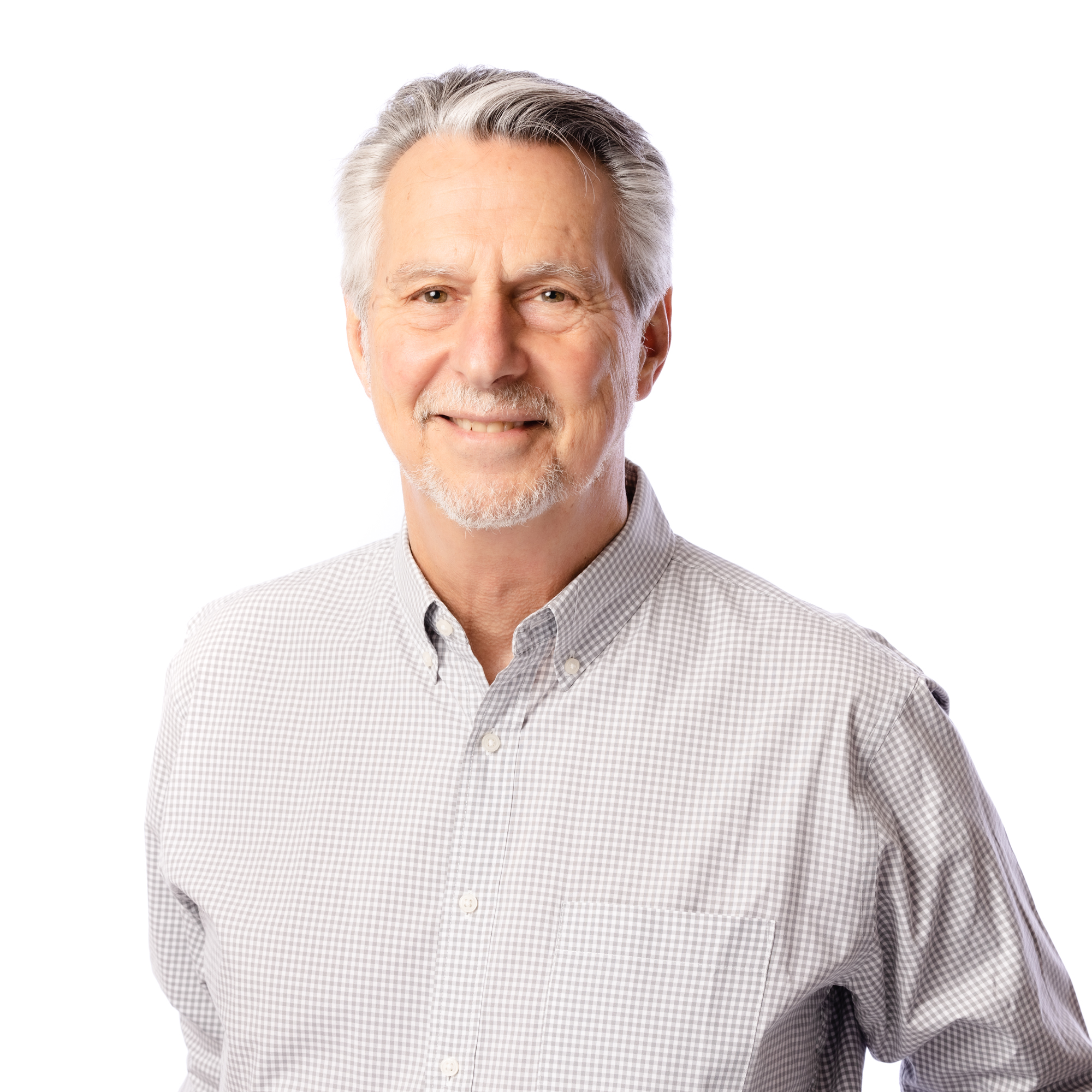features
Fitness Foresight™
Fitness Foresight™ looks at the key trends, influences and opportunities shaping the health and fitness sector over the coming year – and beyond
1. ALL IN THE MIND
MENTAL HEALTH
Whether you’re clinically depressed or just stressed from work, improved mental health is a prime benefit of exercise.
This is key, because by the year 2020, depression will be the second leading cause of premature death and disability. Indeed, the World Health Organization has flagged mental health as one of its top priorities over the next decade.
Health club operators have been very slow to embrace the opportunity presented by mental health, but that’s slowly changing. In late 2016, UK-based Nuffield Health acquired a cognitive behavioural therapy company, to allow it to offer a more rounded approach to wellbeing encompassing fitness, nutrition and mental health. Other operators are beginning to introduce mindfulness programming to their schedules: Equinox, for example, with its Headstrong class.
Whether it’s through the development of clinically proven mental wellbeing services, through a focus on mindfulness, or simply in the way gym operators talk about the benefits of being active, we’re likely to see a far greater focus on mental health in the coming years.
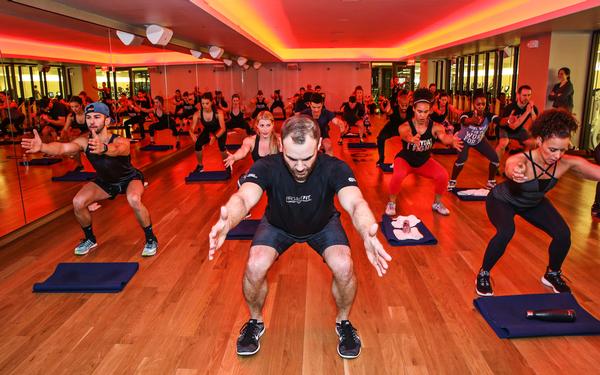
2. GYM FOR YOUR GENES
EPIGENETICS
Scientists are increasingly convinced that the majority of disease – potentially up to 95 per cent – is preventable through making healthy lifestyle choices. This field of science is known as epigenetics.
It was previously thought that genes were fixed for life. However, sequencing of the human genome has taught us that many genes change in response to how we care for ourselves – including how we exercise and sleep, the pollution we’re exposed to, our stress levels and state of mind, and what we eat and drink.
With prevention tipped to become a massive industry in years to come, this is a huge game changer for sectors related to self-care – including health clubs.
A ‘gym for your genes’ will offer tests that reveal how a range of modalities, from meditation to massage, can impact our DNA – with personalised programmes then prescribed based on that data.
Deepak Chopra is already working on an anti-ageing and prevention centre which embraces epigenetics. It’s due to open on Blackadore Caye, a Belize island owned by Leonardo DiCaprio, in 2018.
There’s no reason why health clubs can’t follow suit, ensuring they’re in the vanguard of preventative healthcare, whether by designing their own ‘test and prescribe’ programmes or by partnering with third party DNA testing experts.

3. TESTING THE WATER
VIRTUAL DESIGN
Architects will begin to use virtual reality to design gyms and leisure spaces, asking consumers to wear VR headsets and watching to see how they respond as they walk around virtual environments.
Arup Associates are already experimenting with such technology. They plan not only to gather anecdotal feedback from participants, but also to monitor people’s physiological response to the virtual environments they pass through – are these environments bringing about the desired response, whether that’s heightened excitement, for example, or an immediate calming of the nerves?
By letting people experience a new facility before it’s even been built, this technology will lead to far more engaging buildings, designed with the customer experience at their very heart.
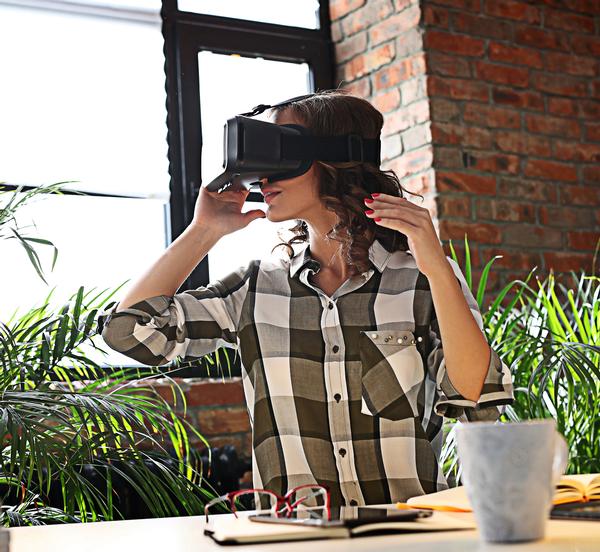
4. NUTRITION
ON THE FLY AN INSECT DIET
Long seen as a delicacy in parts of the world such as Asia and Africa, insects are slowly making their way onto the menu in Britain and the US too.
We’ll need to get over the ‘disgust factor’: with the global population set to rise above nine billion by 2050, new food sources will be needed.
More than half of the Earth’s organisms are insects, with experts suggesting millions more species are as yet undiscovered; they also breed rapidly and in large numbers. Not only that, but they’re rich in minerals such as iron and zinc, and low in fat and carbs. Plentiful and good for you – it seems almost too good to be true for fitness enthusiasts.
A handful of companies are already using this food source under the radar – some energy bars include ground-up crickets and grasshoppers – while others are going for a more overt approach. For example, both the Black Ant restaurant in New York and the Grub Kitchen in Pembrokeshire, UK, serve a variety of very openly insect-based dishes.

5. REST GETS TECHNICAL
RECOVERY
Modern life means people are ‘always on’, and many people aren’t skilled at building rest – vitally important to keep the mind and body in balance – into their lives in a way that’s technically optimised.
Olympic athletes know their rest and recovery schedules are as important in determining performance as their training – but while athletes and coaches know the importance of the right kind of rest, this expertise is rarely available in health clubs.
Once it’s stressed through any kind of activity, the body needs time to respond and recuperate. Exercise causes ‘damage’ to the body that must be repaired, and this requires the body to expend a considerable amount of energy to heal. It’s also the time when the training response takes effect and physical capacity is increased to enable a higher level of performance and function.
Fitness and wellness businesses need to raise their level of expertise in terms of the body’s response to rest. They must use existing resources and expertise to educate customers in the benefits, as well as programming technical rest with the correct nutritional, physical and physiological and psychological support.
In line with this, while HIIT (high intensity interval training) will remain popular, we’ll see a shift towards a balance in exercise modalities, with more mind-body being brought into the mix.
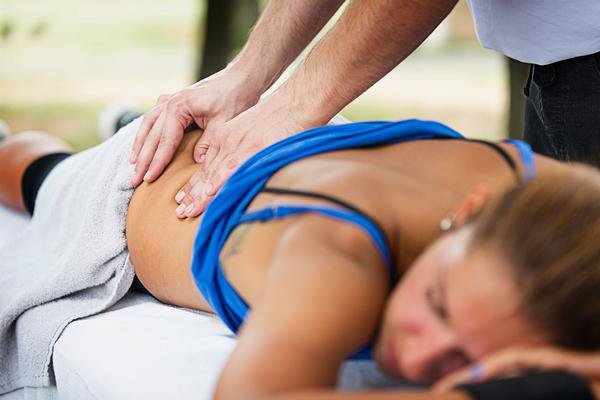
6. ELIMINATION
BREATHING
We expect the wellbeing benefits of healthy breathing to become increasingly well recognised – and, indeed, for health club operators to offer interventions such as breathing workshops and coaching sessions to help their members improve this important eliminatory function.
Breathing well is a skill and many people struggle to do it well, but this can be improved with practice.
Breathing controls brainwaves and the stress response and can also trigger sleep, so improving breathing patterns can bring immediate and profound health benefits.
Modalities such as yoga, which focus on breathing, will be part of this trend.
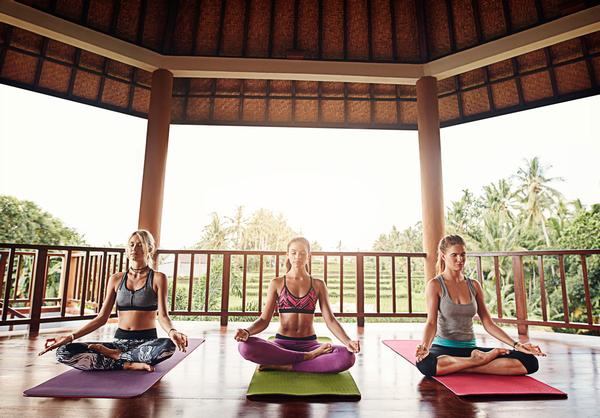
7. FOOD AS MEDICINE
CLEAN EATING
Far from being a diet where you’re limited to eating certain food groups or calorie counting, ‘clean eating’ is a simple concept: avoid processed foods and opt for real, wholesome ingredients instead.
We predict that more health club operators will focus on this approach in their nutritional programmes and their in-house menus, as well as in the nutritional supplements and products they stock; Tribe is a brand that’s leading the way here, with its sports nutrition products made exclusively from raw wholefoods.
We can also expect a refined, expanded definition of ‘superfoods’ as people realise that a wide range of foods have nutritional benefits.
Health clubs that roast, bake and fry foods with hot fat, creating acrylamide – which the World Health Organization has warned is carcinogenic – will change this practice as a more holistic approach to food is adopted.

8. PAYING FOR EXPERTISE
NON-GYM MEMBERSHIPS
People are no longer working out at just one gym. Increasingly we’re seeing a portfolio approach to fitness: a weights session at the gym near work, classes at a specialist studio, tracking runs in the park using an app.
Some people don’t even want to work out in a gym or fitness facility at all – they’re happy using online workouts and classes, cycling to work each day and using trackers to monitor their activity.
But – for now at least, until technology overtakes our own ability to make lifestyle prescriptions – those individuals might still want the guidance and advice that fitness professionals can offer, to make sure they’re doing the right thing and to keep progressing.
We’re likely to see gym operators introducing reduced price non-gym memberships, whereby people come to the club for advice once or twice a month but don’t even use the gym’s facilities.
Holmes Place was already looking at this years ago – a concept called Holmes Place 2 Go, where people were going to be given an activity tracker and have access to the club for advice. That was before its time – but the clock has continued to tick, and the time is now.
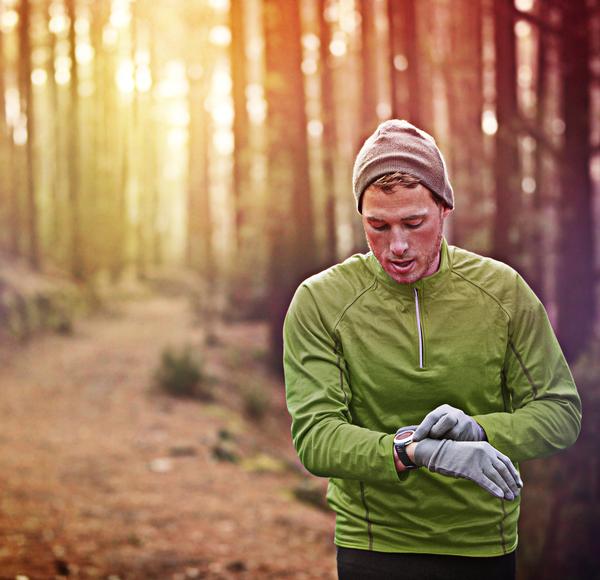
9. A NEW REALITY
FITNESS AS ENTERTAINMENT
Virtual reality, augmented reality, 360-degree floor-to-ceiling ‘immersive fitness’ screens in studios. The latest technology is fusing fitness and entertainment like never before.
The bar was set by Pokémon Go, the augmented reality game which involves people walking real streets to catch virtual Pokémon. An estimated 75 million people downloaded the app in just one month last July – this compared to a grand total of 151 million health club members worldwide.
Meanwhile, in Germany, budget club operator McFit has launched World of Cyberobics – a futuristic, virtual-only club in Berlin. It has reportedly spent millions on the content production – as has Les Mills with its ‘immersive fitness’ content, including The Trip, which plays on wrap-around screens and sucks class participants into the virtually enhanced experience.
The message is clear: find ways to truly entertain your members – or risk losing them to a more hi-tech, eye-catching, gamified alternative.
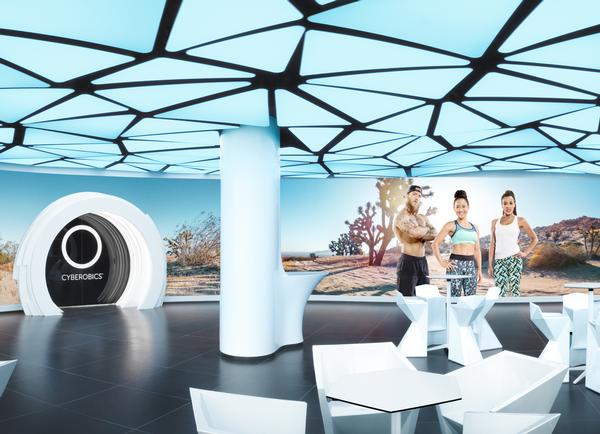
10. GET SMART
ARTIFICIAL INTELLIGENCE
Artificial intelligence (AI) will transform the fitness sector over the coming years, as devices become smarter and more prescriptive, effectively morphing into virtual coaches.
Such devices are already getting ready to come to market: LifeBeam’s Vi is one example that’s just emerging from crowdfunding and preparing for launch. An AI personal trainer, Vi takes readings from sensors around your neck and then coaches you based on these readings, in a two-way dialogue via specially designed headphones.
But with the likes of Google now prioritising AI – and other tech giants such as Apple, Microsoft and Facebook all vying for early dominance in the AI space – this will be a market to watch keenly over the coming years.
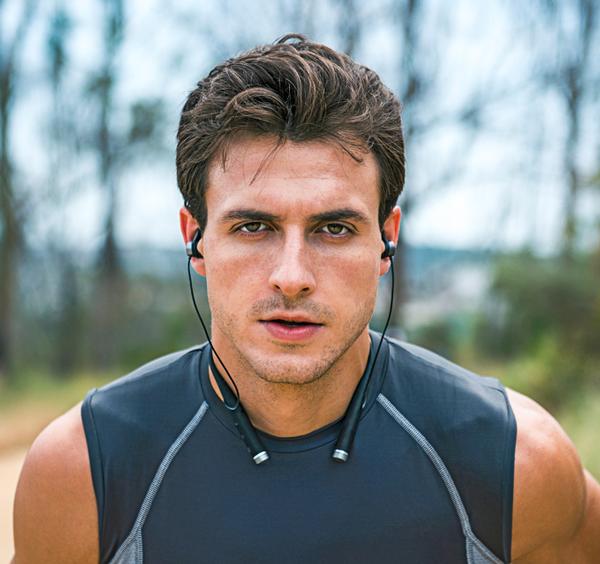
11. THE POWER OF PEACE
MEDITATION SPACES
We’re spotting a trend towards the creation of meditation spaces in residential developments, and expect this to filter across to the health, fitness and wellbeing sector.
People’s need to find sanctuary is being driven by rising pressures in daily life, as well as a growing awareness of the importance of making time for contemplation and renewal.
Meditation spaces can be indoors, outdoors or a mix of both and can be created in urban settings – with the use of air filters and white noise machines – as well as in natural locations. Designing one with a beautiful view can add to the power of the experience.
Destination spas such as Rancho la Puerta, which has a stunning meditation room with mountain views, have led the way. But with many people already turning to their gym as a place to ease out the stresses of the day, health clubs have a huge opportunity to follow suit.
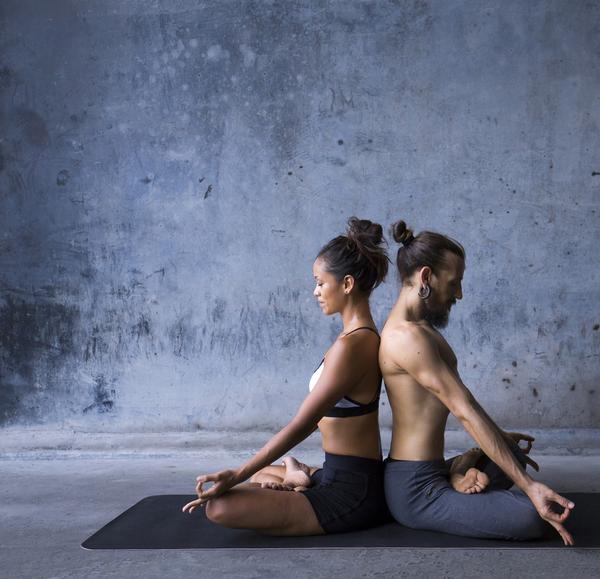
12. OUT WITH THE OLD
FLUID GYM FLOORS
Gyms will get more creative with the space they have available, keeping gym floors far more fluid and adaptable to new ideas.
The growing popularity of functional and bodyweight training adds momentum to this trend, as gyms reconsider their reliance on large pieces of equipment and dedicate more space to functional zones and freestyle areas, stocked with smaller, portable pieces of equipment. Manufacturers of larger equipment are recognising this, with growing numbers of machines designed to be lighter and with wheels for easy movement around the gym.
Expect to see a more modular approach going forward, allowing operators to switch elements of their offering out far more quickly and cost-effectively to keep things fresh.
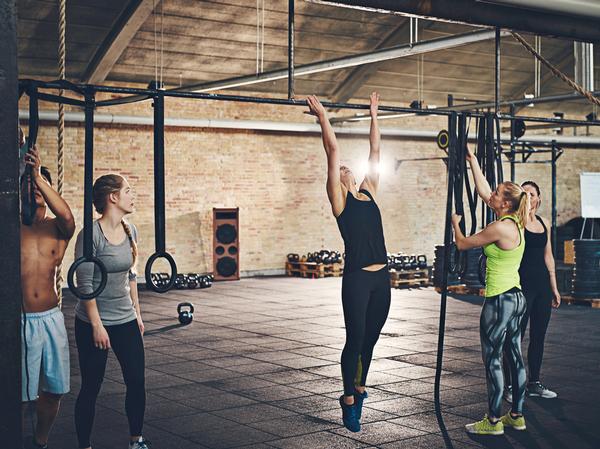
13. TECHNOLOGY GETS PERSONAL
TAILORED MEMBERSHIPS
The ubiquity of mobile phones means consumers expect to have a dynamic relationship with the brands they do business with – a flexible relationship controlled by them from the palm of their hand.
Gyms have to respond to this, but it needn’t be feared. In fact, technology allows operators to personalise the experience in ways that would never before have been possible. Rather than having to build specialist facilities to target new niche audiences, technology allows operators to very cost-effectively experiment with marketing to the various shared-interest ‘tribes’ that exist within one mainstream gym.
It allows a full-service health club offering to be unbundled and then repackaged into curated, personalised, differentiated experiences for each and every member of the facility.
Creating points of difference won’t be as straightforward as when building a dedicated facility, because members will still be choosing from the same menu of services and facilities. But if marketed well, tribes will naturally form; additional income from new (and more satisfied) users can be invested in improvements and new services; and the flexibility offered by this tech-based approach could serve to future-proof the business.
14. START THE DAY WELL
ACTIVE COMMUTING
A recent UK survey by trade body ukactive and retailer Argos quizzed consumers on their expectations of fitness in the future.
One clear expectation is that active travel will become more commonplace, with 22 per cent expecting roads to have jogging lanes next to cycling lanes, while 8 per cent think motivational drones will be on-hand to encourage commuters to run or cycle faster.
So what can gyms do to tap into this? Boutique studio operator 1Rebel is already looking at creating London commuter buses with on-board group cycling studios, so commuters can make productive use of their time travelling to work – without the dangers that come with cycling on London’s busy roads. The bus will stop at 1Rebel’s City studio, with showers and breakfast smoothies available before people head on to work.
How will your gym harness this trend?
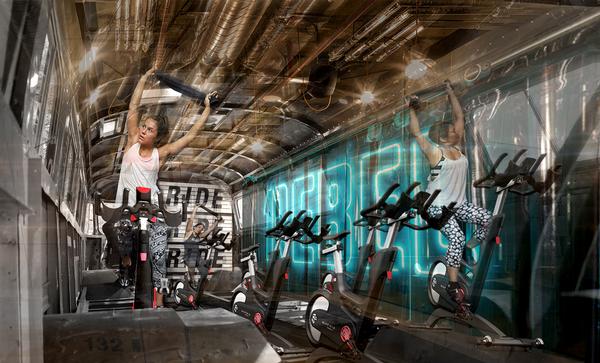
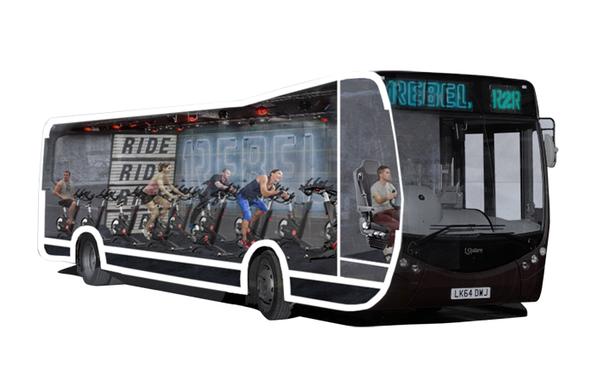
15. ALL TOGETHER NOW
GROUP EXERCISE
We’ve already seen the boutique studios place group exercise squarely at the heart of their business models – and successfully so, creating loyal ‘tribes’ around their brands.
Now other mainstream fitness operators are likely to follow this lead, focusing on group exercise as a central element of their offering. And with good reason: members who take part in at least some group exercise are 30 per cent less likely to cancel their membership than members who never do group exercise. Meanwhile, members who’ve made a friend at the gym in the last three months – something that happens far more readily in a group exercise environment than on the gym floor – are a massive 40 per cent less likely to cancel than those who haven’t.
The social aspect of belonging to a gym is something technology-based alternatives such as apps and wearables – even with their leaderboards and competitions – struggle to replicate. So expect to see group exercise springing up all over the gym as a way to create a USP: rings of treadmills set up for running classes, gym floor functional classes, virtual class pods, as well as outdoor options such as running groups and bootcamps.
In these days where technology can so easily replace real-life interaction, gyms stand a far greater chance of success if they recognise that people want to work out with other people.
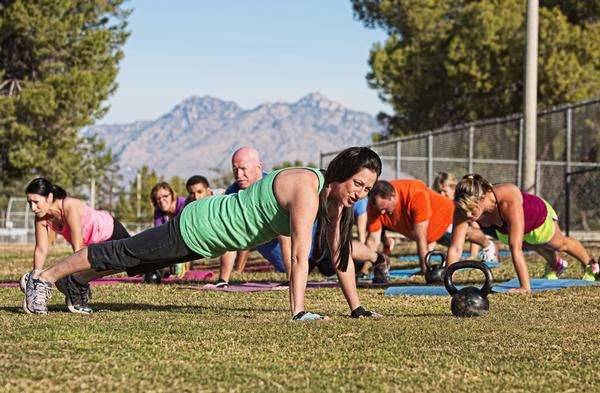
16. A CULTURE OF MOVEMENT
ACTIVE EDUCATION
It’s time to get creative in addressing the global issue of childhood obesity. Good work is already being done in this area, but we can expect a far broader range of parties to come to the table with new ideas.
The success of Pokémon GO has shown the dramatic impact technology can have on this target group by quite literally turning activity into a game. Expect far more along these lines.
Meanwhile schools will build activity into everyday lessons: we’re already seeing outdoor schools for younger children, and even kinaesthetic classrooms in the US where kids spend all day at specially designed desks with bikes, climbers and swivel stations instead of chairs.
Activity will be constant and achievable by all, rather than happening just in isolated PE lessons where only a handful excel. The focus will be on imbuing a culture of movement in all children, educating them in its value and normalising it by making it unavoidable – and indeed enjoyable – in everyday life.

Fitness Foresight™ archive
2016
• Invisibles
• DNA testing
• Beacon technology
• Around the clock fitness
• Business with a purpose
• Biomimicry
• Continuous upgrades
• Water scarcity
• Creating experiences
• An end to contracts?
• Haemoglobin testing
• Fitness nights out
• The growth of trampolining
• Consolidation of the sector
• Age-friendly design
• At-home fitness
• The middleman backlash
• Animal movement
2015
• Mental health
• Charitable thinking
• Wellness cities
• Making fitness fun
• Evidence & data
• Cellular health
• Over-nourishment
• Fats & carbs
• Activity tracking
• Virtual offerings
• Loneliness
• Circadian aware
• Hardcore fitness
• Neuroplasticity
• Oil, gas and solar
2014
• Wearable tech
• Mobile biometrics
• Rebranding exercise
• Last impressions
• Wellness tourism
• Pop-up facilities
• Online reviews
• Specialist services
• In-club technology
• Home delivery
• Peak performance
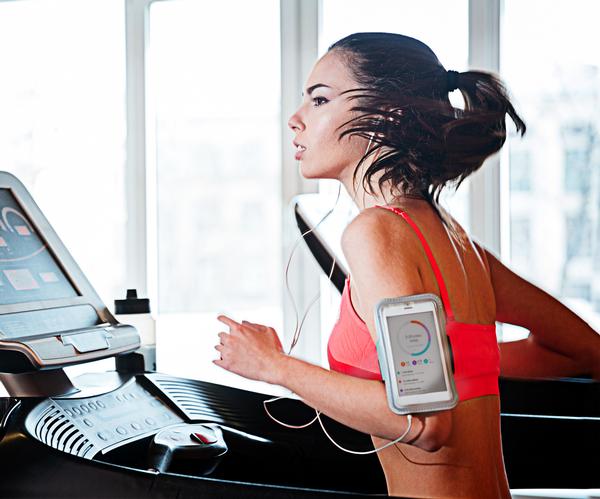
ABOUT THE AUTHORS

Kate Cracknell is editor of Health Club Management and has been a leading journalist in the physical activity sector for more than a decade. She is also a regular speaker and presenter at industry events. Kate graduated from Cambridge University with a BA in modern languages.
@HealthClubKate
Liz Terry has been writing about and analysing the global leisure industries since 1983. She’s CEO of Leisure Media, which includes Health Club Management in its portfolio of leisure-focused magazines. For further information, visit www.leisuremedia.com
@elizterry











